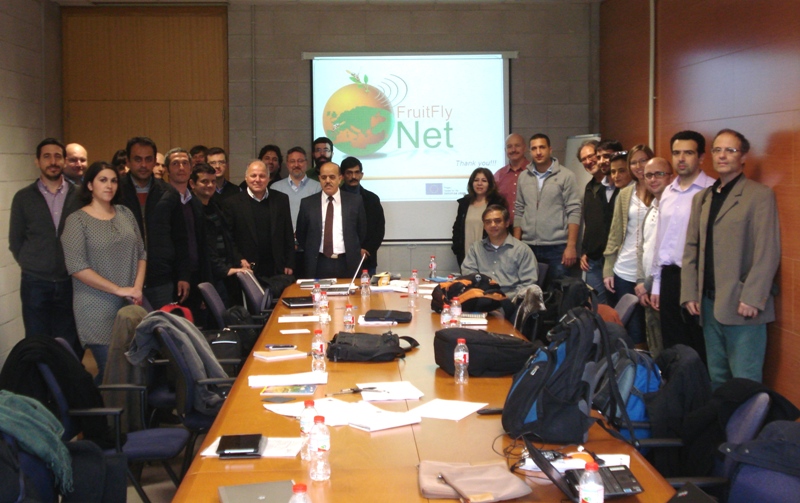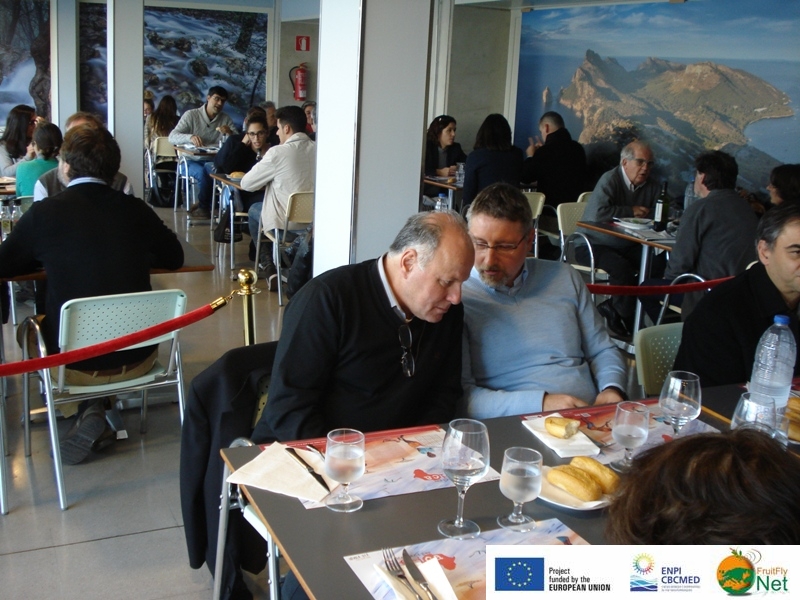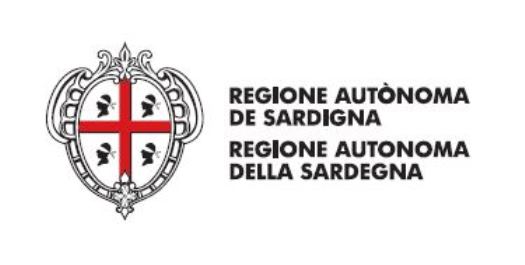Athens, 17/1/2015
FruitFlyNet press office
The 2nd Consortium Meeting of FruitFlyNet came to a successful end. With the completion of the project's first year, Project Coordinators, along with specialists from their teams, gathered in Palma of Mallorca in the premises of UIB to discuss their progress and define work to be done. The meeting evolved around technical aspects of the projects such as e-trap-based system, Decision Support System, network design, GIS data and more, as well as report, management and visibility issues.
The whole FruitFlyNet team acknowledges that harmonizing strategies and establishing common practices for different species of the Tephritid population was a challenge. Added to this the aspect of technology integration, and proposal of novel methodologies, one can imagine the volume of information the project had to process in a relatively small amount of time. The core of scientists from different disciplines such as Entomology, Electronics and Geomatics, that is created, is constantly building bridges and establishing communication channels in order to reach the best results for the project, combine knowledge, propose solutions and develop prototypes.
Now, after a year of hard work, results can be shown and FruiFlyNet, which is heavily based on the collaboration of farmers, farmer cooperative unions and pest control specialists, receives positive feedback from organizations and scientists though various channels of communication.
FruitFlyNet project’s overall objective is to contribute to the development and implementation of environmentally effective e-monitoring and ground spraying control solutions based on prototypes, technological innovations and knowledge transfer for specific key-pests in the Mediterranean, in order to increase the quality and quantity of available fruit to local consumers at lower prices. FruitflyNet will develop, implement, test and demonstrate an innovative, integrated, Location Aware System (LAS) for fruit fly ground spraying control, by means of four pilots in five Med-countries aimed at developing prototypes, technological innovations and knowledge transfer. LAS will be based on Real Time Trapping and Insect Counting (ReTIC) that can rationalize the use of insecticides: more accurate info in less time will be available to the farmers in order to decide how to intervene just only on the identified attacked areasof the tree. This will contribute to reduce the polluting risk factors for the environment.


.jpg)
.jpg)
.jpg)


.jpg)


